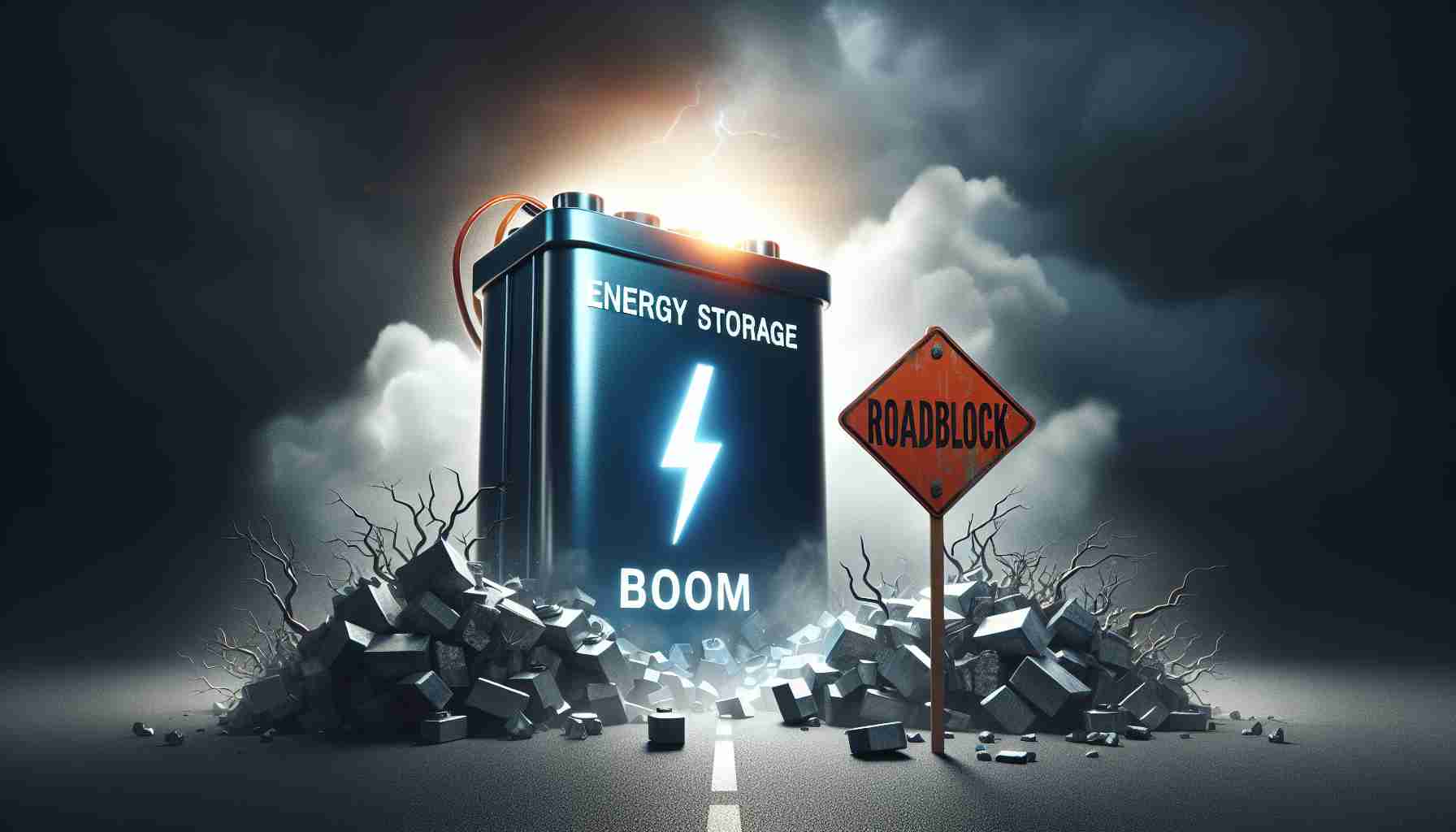- The U.S. energy storage capacity is projected to exceed 25,000 megawatts by late 2024, primarily driven by the newfound support for standalone storage under the Investment Tax Credit.
- Year-over-year storage deployment growth has reached impressive rates, peaking at 85% due to favorable tax incentives.
- Potential tariffs on Chinese imports and investigations into battery components pose significant risks to the industry, with predicted tariffs reaching as high as 800-900%.
- The growing demand from AI and data centers could lead to these sectors accounting for 12% of U.S. electricity needs by 2028, underscoring the importance of energy storage.
- Innovative financing models and adaptive state policies are essential for sustaining growth and ensuring safety in the evolving energy storage landscape.
The energy storage revolution is thriving, with the U.S. surpassing a staggering 25,000 megawatts of installed capacity by late 2024. This surge can be largely attributed to the Investment Tax Credit (ITC), which began covering standalone storage in January 2023. With a tempting 30% tax break, the ITC has ignited a whirlwind of growth, propelling storage deployment to chart-topping levels—boasting year-over-year increases of up to 85%!
However, lurking in the shadows are potential roadblocks that could stunt this rapid advancement. New import tariffs on Chinese goods and impending investigations into battery components might turn the tide. Should countervailing duties be enforced, industry experts warn of tariffs soaring to an alarming 800-900%, threatening the entire storage and electric vehicle sectors.
Concerns about China’s dominance in battery production loom large, complicating domestic efforts to build a robust supply chain. The stakes are high as AI and data centers emerge as new energy demand juggernauts, potentially accounting for 12% of total U.S. electricity needs by 2028—making storage solutions increasingly crucial.
Looking ahead, industry leaders emphasize the necessity of innovative financing models to ensure stability in revenues. As the landscape evolves, state policies and safety regulations are also being refined in response to recent incidents, paving the way for safer and more efficient energy storage solutions.
In summary, while America’s energy storage sector is soaring to new heights, the journey forward demands vigilance and adaptation in the face of emerging challenges. The key takeaway? Navigating policy and supply chain hurdles will be critical to maintaining momentum in this thriving industry.
Unlocking the Future of Energy Storage: What You Need to Know Now!
The Energy Storage Landscape: Trends, Innovations, and Insights
The energy storage industry is experiencing a revolutionary transformation, predominantly spurred by policies such as the Investment Tax Credit (ITC), which offers appealing financial incentives for standalone energy storage systems. As we look beyond the basic statistics, several new layers of information emerge that are critical for stakeholders within this evolving sector.
Key Insights and Innovations
1. Market Forecasts: By 2030, the global energy storage market is expected to reach over $400 billion, with technologies like lithium-ion batteries continuing to dominate. Innovations in solid-state batteries and flow batteries are also emerging, which promise increased efficiency and safety.
2. Sustainability Initiatives: Companies are increasingly committing to sustainable practices, with recycled battery materials becoming a significant focus. The trend towards circular economy models in battery production aims to reduce waste and enhance resource efficiency.
3. Security Aspects: As energy storage becomes more integral to the national grid, cybersecurity measures are becoming paramount. Improving the security of these systems against potential cyber threats is a growing concern that companies must address proactively.
Pros and Cons of Energy Storage Solutions
– Pros:
– Enhances grid stability and reliability.
– Supports renewable energy integration by storing excess energy.
– Offers cost savings in energy bills through demand response programs.
– Cons:
– High upfront capital costs, despite tax incentives.
– Environmental concerns regarding battery disposal and raw material extraction.
– Dependence on foreign supply chains, particularly from China, which could present risks.
Frequently Asked Questions
1. What impact will tariffs on Chinese goods have on the energy storage market?
The potential implementation of high export tariffs could significantly increase the cost of battery components and systems. Experts warn that if tariffs reach the projected levels of 800-900%, it could substantially hinder the growth of the energy storage sector and raise prices for consumers.
2. How are innovations in battery technology shaping the future of energy storage?
Advancements in battery technology, particularly solid-state batteries, promise to improve energy density, safety, and lifespan. These innovations could lead to faster charging times and long-lasting energy storage solutions, driving further adoption of renewable energy.
3. What financing models are being explored to support the energy storage industry?
Innovative financing solutions, such as energy-as-a-service (EaaS) models and performance-based contracts, are being investigated to provide more stable revenue streams. These models can help mitigate risks and make energy storage investments more attractive to businesses and consumers.
For more information on energy storage and related technologies, visit Energy.gov.
In conclusion, while the U.S. energy storage market is witnessing an unprecedented boom, continuous adaptation to emerging challenges and leveraging innovative technologies will be key in shaping its future trajectory. Staying informed about market dynamics, policy changes, and technological advancements is critical for stakeholders aiming to participate in this vibrant sector.













